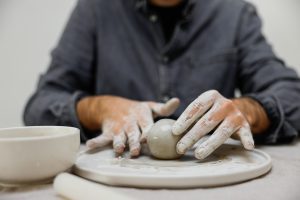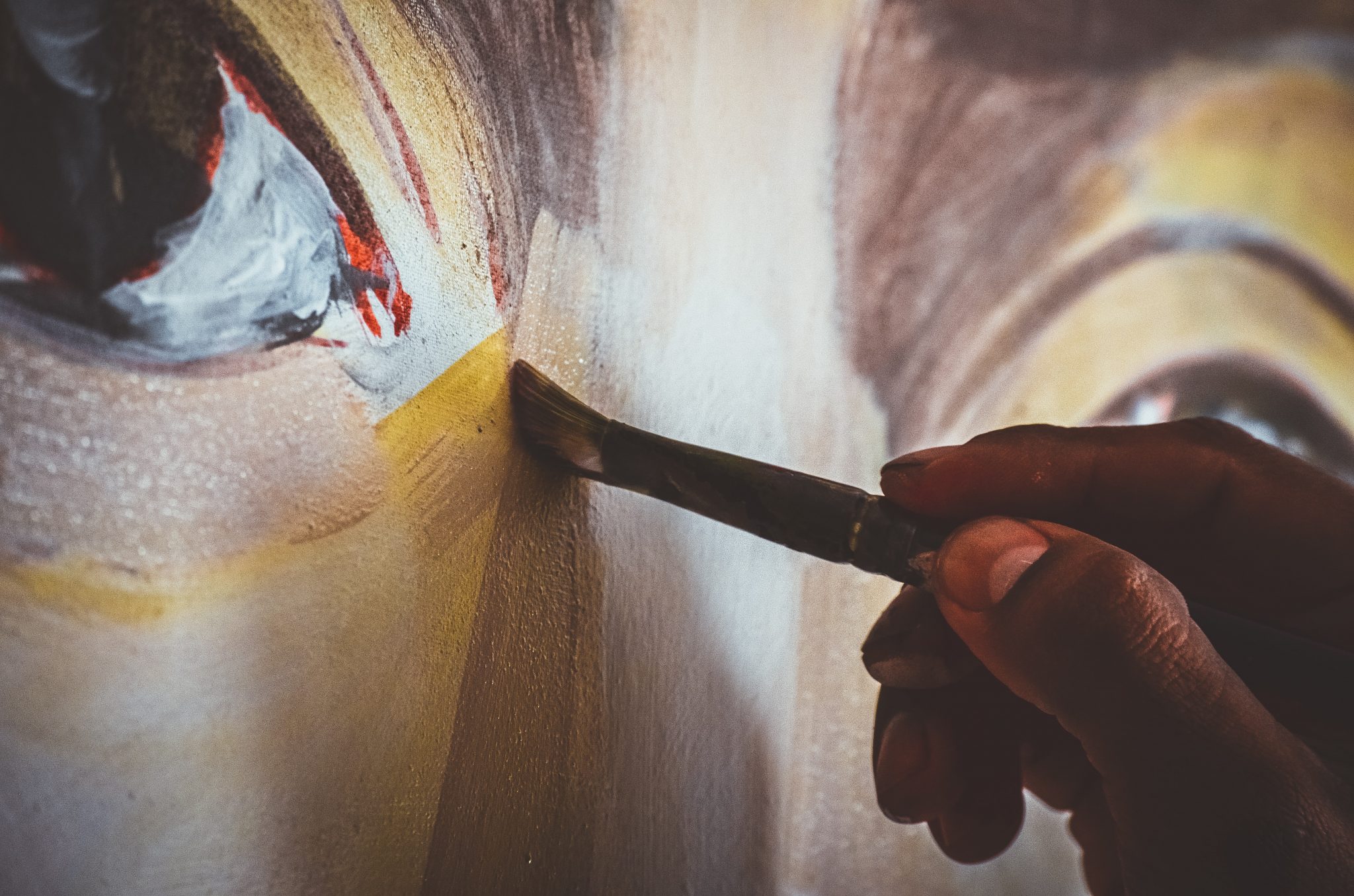Art therapy is a form of psychotherapy. Art therapy encompasses creative expression as a means of exploring and understanding emotions, thoughts, and experiences. It is based on the idea that the creative process of making art can help individuals gain insight into their inner world and improve their mental and emotional well-being. Art therapy can be used in various settings, including schools, hospitals, and mental health clinics, and is suitable for individuals of all ages and abilities.
During an art therapy session, the therapist provides materials, such as paints, markers, or clay, and guides the patient through creating art. The resulting artwork can then be used to explore emotions, thoughts, and experiences and promote healing and growth.
What is on this page
What is Addiction?
Addiction is a complex condition that affects the individual struggling with it as well as their loved ones and the community. Addiction is a disconnection from one’s innermost sense of self and purpose. It is a painful and ongoing cycle of compulsively seeking external substances or behaviours in an attempt to numb or escape from emotional pain. However, the temporary relief provided by these substances or behaviours is short-lived and only leads to further suffering.
The journey towards recovery from addiction requires a deep and soulful connection with oneself, a rediscovery of one’s inner strength, and a reconnection with a higher power or purpose. With the help of supportive communities, therapy, and a commitment to self-discovery and growth, individuals can break the chains of addiction and reclaim their lives.
The Benefits of Art Therapy in Addiction Treatment
Art therapy can be an effective tool in treating addiction by promoting self-expression and emotional release. Through creating art, patients can express their thoughts and feelings in a non-verbal manner, which can be liberating and therapeutic.
In addition, creating art can help individuals increase their insight and self-awareness, leading to a greater understanding of their addiction and how it affects their lives. Art therapy also provides a non-threatening and non-judgmental environment, which is particularly important for individuals in addiction treatment. This type of environment can help patients feel comfortable and safe, which can facilitate the healing process.

How Art Therapy Works in Addiction Treatment
Art therapy can be a valuable tool in treating addiction as it provides a non-verbal means of exploring and processing complex emotions and experiences. Through the creative process of making art, individuals struggling with addiction can gain insight into their inner world, develop new coping skills, and build resilience.
Art therapy also provides a safe and supportive space for individuals to express their emotions and experiences without judgment, allowing them to process and work through the root causes of their addiction. Furthermore, the creation of art can be a source of pride and self-esteem, helping individuals feel empowered and capable of making positive changes. Additionally, art therapy can build a supportive community, as patients can share their artwork and experiences with others in group therapy sessions. In sum, art therapy can be an effective component of a comprehensive treatment plan for addiction, helping individuals find hope, healing, and a path to recovery.
The process of using art therapy in addiction treatment typically involves several steps.
First, the therapist will assess the patient’s needs and develop a plan tailored to their specific circumstances. Next, the patient can create art using various materials, such as paints, markers, or clay. The therapist will then help the patient interpret the meaning behind their artwork and explore the emotions and thoughts expressed through the process.
Some of the techniques used in art therapy include drawing, painting, sculpting, and collage. These techniques allow individuals to express themselves in a way that is unique to them and provides a window into their thoughts and feelings.
Examples of art therapy activities include:
- Drawing a picture of one’s addiction
- Creating a collage of their memories
- Sculpting a representation of their innermost thoughts
- Using colours to express emotions
These activities can help patients understand their addiction more deeply and provide a means of expressing their feelings in a protected and supportive environment.
Evidence-Based Research on the Effectiveness of Art Therapy in Addiction Treatment
There is growing evidence that art therapy can be an effective tool in treating addiction. Numerous studies have shown that patients who underwent art therapy in addition to traditional addiction treatment had better outcomes than those who received traditional treatment alone. Some benefits seen in patients who underwent art therapy included improved mood, decreased anxiety and stress, and increased self-esteem.
Alongside talking therapy, art therapy can be particularly helpful in treating addiction because it allows individuals to express their inner thoughts and emotions in a non-verbal manner. This can be particularly beneficial for those who struggle to express their emotions through words.

Counselling and Art Therapy
Art therapy alongside counselling can enhance the effectiveness of addiction treatment by providing a complementary approach to addressing emotional, psychological, and behavioural issues. While counselling focuses on verbal communication and exploring thoughts and feelings through conversation, art therapy provides a non-verbal outlet for self-expression.
The combination of these two modalities can provide a well-rounded and holistic approach to addiction treatment, allowing individuals to gain insight into their thoughts, feelings, and behaviours from multiple perspectives. Furthermore, combining art therapy and counselling can help individuals better understand and integrate their experiences and insights, leading to a deeper sense of healing and personal growth.
As a result, incorporating art therapy into addiction treatment can help individuals better understand their inner world and develop the tools they need to achieve lasting recovery.
Conclusion
Art therapy can be a valuable tool in the treatment of addiction. By promoting self-expression and emotional release, increasing insight and self-awareness, and providing a non-threatening and non-judgmental environment, art therapy can help individuals understand and overcome

